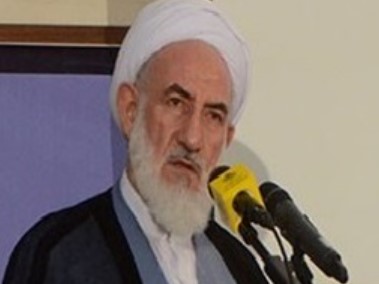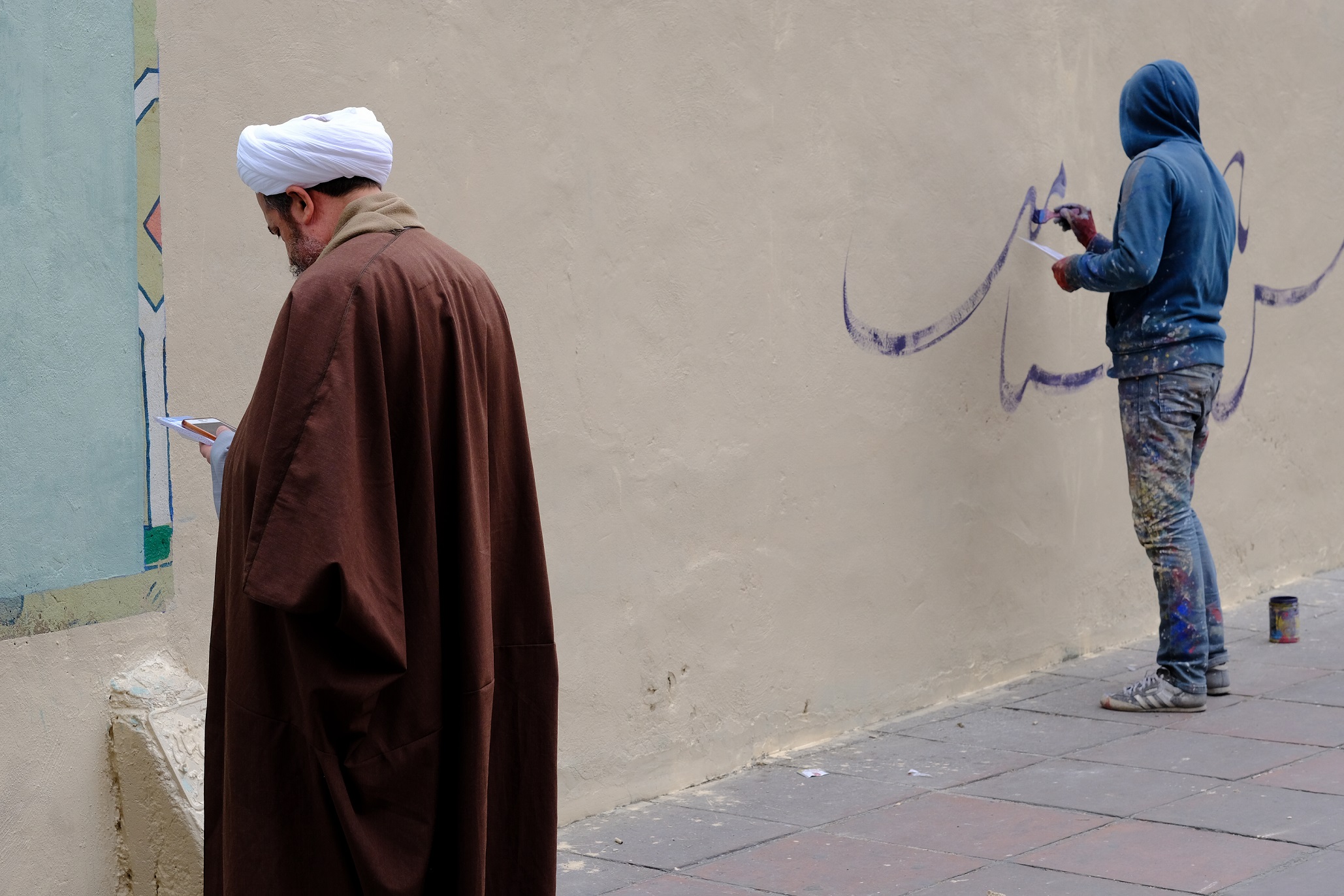Publications
INSS Insight No. 1727, May 18, 2023
In late April and early May, there were five attacks on clerics in Iran, following other attacks on clerics in the past year. In addition, the past few months have seen a growing phenomenon of young people approaching clerics walking along the street and throwing off their turbans. Although there is no sign of a direct connection between all the incidents, at least some are presumably expressions of increased public hostility toward clerics. The hardline clerics’ insistence on continuing to enforce the Islamic dress code contributes to the erosion of their standing. This stubborn enforcement of the dress code has resumed against the backdrop of more women on the streets without veils. The increasing outbursts of violence against clerics provide further evidence of the expanding gap between the public, especially the younger generation, and the regime and clerics. The growing sentiment against the religious establishment could fuel further waves of civil protest, although thus far the regime has succeeded in suppressing the most serious wave of protests since the revolution.
In late April 2023, three separate incidents in Iran saw clerics attacked. On April 26 the senior cleric Ayatollah Abbas-Ali Soleimani was shot and killed at a bank in the city of Babolsar, in Mazandaran Province in northern Iran. Soleimani, 77 years old, was a member of the Assembly of Experts, which comprises 88 clerics and according to Iran’s constitution is responsible for supervising the activity of the Supreme Leader and appointing his successor. Most of the Assembly's members are associated with the conservative faction identified with the current Supreme Leader, Ali Khamenei. Previously, , Soleimani served as the Leader's representative in the Sistan-Baluchestan Province, which is next to Iran's border with Pakistan and Afghanistan and home to members of the Baluch minority, most of whom are Sunnis. The man who shot Soleimani was a security guard in a bank. During his interrogation, he claimed that he acted out of a personal motive after mistakenly believing that the cleric was the brother of the bank's assistant manager, with whom he had a conflict. A short time after the incident, the authorities clarified that it was not a terrorist attack.

On April 27, a 35-year-old cleric was run over in Tehran after parking his vehicle. The cleric was seriously injured, and the driver, who fled from the scene after dragging the cleric on the hood of his car, was arrested a short time later. On April 29, another cleric was injured after he was attacked in the city of Qom, the largest Shia religious center in Iran. The young cleric, who hailed originally from the city of Mashhad and was living in Qom within the framework of his religious studies, was attacked with a knife after he was involved in a collision between a car and two pedestrians. The attacker was also injured. In early May, two more clerics were attacked in two separate incidents. The circumstances of these incidents are not yet public.
In addition to the recent attacks on clerics in Iran, there have been other incidents over the past year. On June 3, 2022, Ayatollah Yousef Tababaeinejad, the preacher in the city of Isfahan, was attacked at the end of Friday prayers. The senior cleric was not injured thanks to the intervention of his bodyguards. On July 28, a cleric was stabbed during a sermon he gave in the city of Karaj. On December 18, four clerics were stabbed in Qom, and on February 13 a cleric was stabbed by a motorcycle rider in eastern Tehran.
There is no indication of a direct connection between all the incidents, and it cannot be determined definitively that all the attacks were intentionally directed against clerics. However, presumably at least some reflect increasing hostility among the Iranian public toward the representatives of the religious establishment. Although this hostility is not new, it has intensified against the backdrop of the protests that erupted in Iran at the end of September 2022 following the death of Mahsa Amini after her arrest by the "morality police." This assessment is strengthened by a phenomenon that has become more common in recent months of young Iranians approaching clerics walking along the street and throwing off their turbans as an expression of the hostility that they feel toward the Islamic regime and the religious establishment. In some cases, the physical act is accompanied by insults and profanities hurled at the attacked cleric. Posted videos of this violence on social media, under the hashtag "turban throwing," have increased, and it is even cast as a kind of entertainment among young Iranians.
The erosion of the standing of Iranian clerics is increasing in parallel with the process of secularization. The excessive politicization of religion in Iran and the regime's failure to solve the serious socioeconomic hardships of its citizens have reduced the support for the regime among broad layers of the public and weakened the appeal of religion in the eyes of the masses. Before the Islamic Revolution, the clerics were identified with the popular struggle for social justice and against oppression by the authorities, and this identification greatly contributed to their popular support. Today, they are identified with the Islamic regime, and instead of criticizing the authorities and supervising their activity, they have become the implementers of regime policies. The relatively good economic status enjoyed by the clerics also distances them from ordinary civilians. There is a marked decline in the public’s participation in Friday prayers at mosques, which clearly reflects the alienation that many citizens feel towards the clerics.
The insistence by the conservative clerics on enforcement of the Islamic dress code contributes to the erosion of their standing. With the waning of the popular protests, the enforcement of the mandatory veil in public was renewed recently, although in different ways than in the past. The activity of the "morality police," which was stopped following the outbreak of the protests in September, was not resumed. However, the authorities began to enforce the veil by installing cameras in public places to identify women who are not strict about wearing the veil, and closing businesses that allow women to enter without a veil. Enforcement efforts were renewed in light of the increasing presence in public of women without veils since the outbreak of the protests.
Meanwhile, the mystery surrounding the hundreds of poisonings at educational institutions in the country continues. Following incidents at hundreds of institutions since November, mainly those intended for girls, the poisoning incidents resumed with the resumption of studies after the Iranian New Year holiday (Nowruz) in early April. Over the past few months, thousands of students have reported symptoms such as headaches, shortness of breath, nausea, and vomiting. The motive of the poisonings is still unknown, but they continue to cause public concern. In a statement issued on April 28 by the Iranian Ministry of Intelligence, the poisonings were attributed to students using various substances, including pepper spray, tear gas, and stink bombs, to create fear and disrupt studies. The Ministry also accused foreign media of trying to incite widespread panic.
In light of the recent attacks on clerics, Ayatollah Ghorbanali Dorri-Najafabadi, the Supreme Leader's representative in Markazi Province in western Iran, warned about the phenomenon and called on the intelligence and security services to prevent the recurrence of such incidents. The senior cleric Ayatollah Alavi Borujerdi also expressed concern about the recent attacks against clerics and warned of the widening gap between clerics and citizens. He stated that citizens had lost their faith in clerics and that there are religious figures who are afraid to leave their homes or to wear their traditional dress because they fear they are not safe. Former Minister of Intelligence and member of the Assembly of Experts Ali Fallahian even called on Friday preachers at mosques to learn self-defense in order to protect their safety.
Several critics of the regime have claimed a direct connection between the recent incidents and the growing public hostility toward the clerics. Mohammad-Javad Akbarin, a dissident cleric living in exile in France, wrote in his Twitter account that Iranian society hates the clerics so much that if it saw a pistol it would shoot at the nearest cleric in the area. The journalist and intellectual Ahmad Zeidabadi, another critic of the regime, wrote in his Twitter account that even if the motive for attacking Ayatollah Soleimani was personal, presumably the attacker saw the clerics as the reason for his personal problems and therefore directed his anger towards the senior cleric. Zeidabadi claimed that the fact that many citizens see clerics – regardless of their political or ideological stance – as the source of their problems should serve as a warning sign for clerics, even those who have distanced themselves from politics or are among the critics of the current situation in the country.
To sum up, the increasing expressions of violence against clerics provide further evidence of the growing gap between the Iranian public, especially the younger generation, and the state institutions and the religious establishment. The Iranian authorities' ongoing disregard for deep demographic, social, and cultural trends in the country continues to pose a significant challenge to the regime, even if it seems that thus far it has succeeded in suppressing the serious wave of protests that the country experienced starting in September 2022. This trend could fuel additional waves of civil protest, especially given the ongoing economic crisis.



